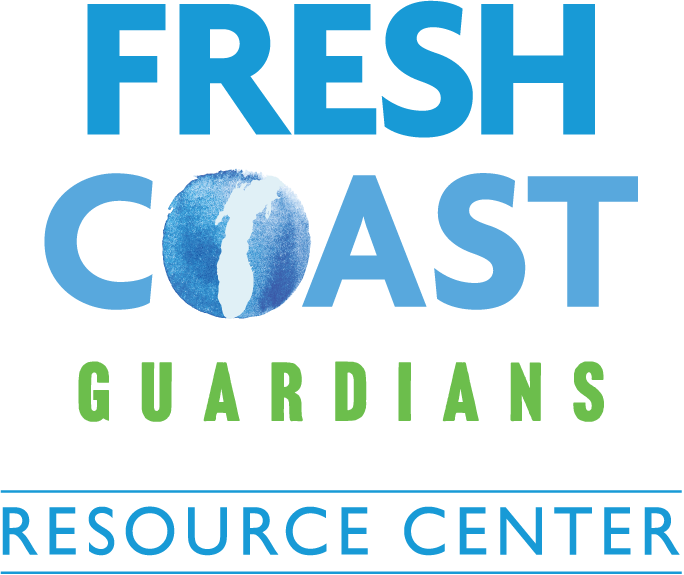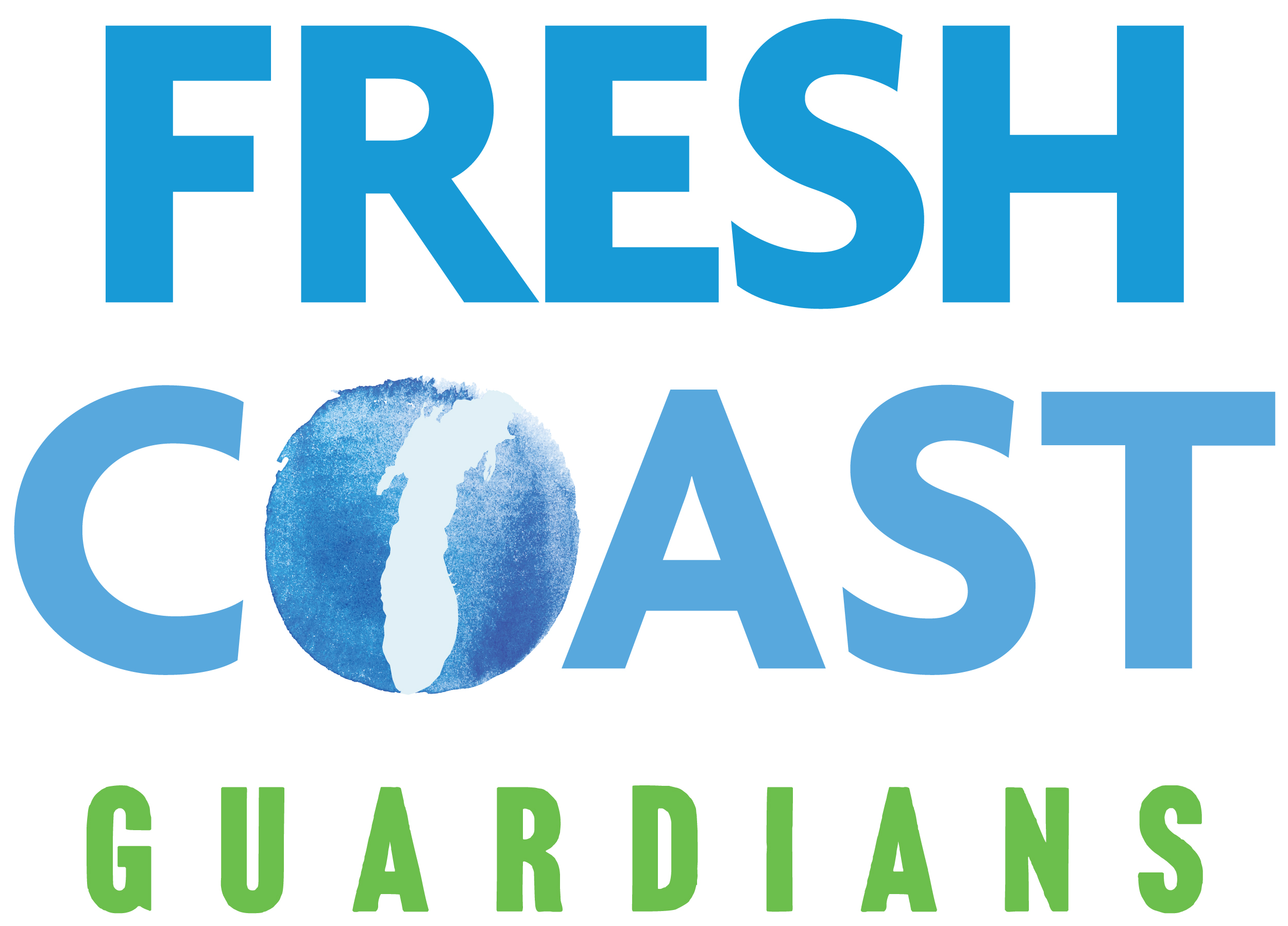Benefits
Triple-Bottom-Line Benefits
The "Regional Green Infrastructure Plan" summarizes the multiple economic, social, and environmental benefits that green infrastructure provides residents, municipalities, and the public. For instance, public works officials can experience improved operations of existing sewers with green infrastructure. Green infrastructure reduces stormwater pollution, helping municipal engineers and developers meet water quality regulatory requirements. The public benefits from green space, reducing crime, and increasing property values. Property owners benefit from energy savings, more naturally beautiful and aesthetically pleasing neighborhoods, and higher property values where green infrastructure is constructed. Values listed represent fully implemented future projects.
Economic Benefits
Green infrastructure can save money compared to traditional sewer infrastructure. The most compelling economic benefits of green infrastructure are often related to its ability to help sewers work better.
Economic benefits quantified in more detail in the Plan include the following:
- Infrastructure Savings: Green infrastructure saves $44 million in infrastructure costs in the combined sewer service area compared to constructing more Deep Tunnel storage.
- Green Job Opportunities: Green infrastructure develops over 500 green maintenance jobs at full implementation and 160 construction jobs on average each year.
- Property Values: Green infrastructure increases property value by an estimated $667 million throughout the MMSD planning area.
Social Benefits
Numerous studies cited in the Plan have shown that an enhanced connection to the natural environment contributes to the health and safety of residents. Green infrastructure implementation improves existing green space and provides the following:
- Quality of Life: Green infrastructure improves quality of life and aesthetics.
- Crime Rates: Green infrastructure lowers crime rates.
- Reduction of Stress: Green infrastructure reduces stress by providing calming natural areas and green space.
- Green Spaces: Green infrastructure increases green space with native vegetation and recreational enjoyment.
Environmental Benefits
Green infrastructure captures, retains, and infiltrates stormwater; sequesters carbon; and cools through shading. The processes provide multiple benefits to the environment, including the following:
- Groundwater Recharge: Green infrastructure recharges up to 4 billion gallons per year.
- Carbon Emissions: Green infrastructure provides a reduction of 73,000 tons of carbon dioxide (CO2 ) per year (equivalent to the emissions from 14,000 vehicles) and an annual social cost benefit(including impacts of climate change on human health, property damages from increased flood risk, and other impacts) of $1.4 million.
- Energy Conservation: Green infrastructure saves 16,500 megawatt hours per year equating to a cost savings of $1.5 to $2.1 million.
- Air Quality: Green infrastructure reduces emissions by 8 tons carbon monoxide, 103 tons nitrogen dioxide, 403 tons ozone, 190 tons particulate matter, and 115 tons sulfur dioxide, leading to improved health worth $9.1 million in annual health care savings.
- Stormwater Regulations: Green infrastructure provides an asset for developers and municipalities to meet stormwater quality and quantity regulations and support reductions in polluted stormwater for anticipated total maximum daily load (TMDL) implementation: 14.8 billion gallons of captured stormwater per year with annual reductions of up to 15 million pounds of total suspended solids (TSS) and 54,000 pounds of total phosphorus (TP).


